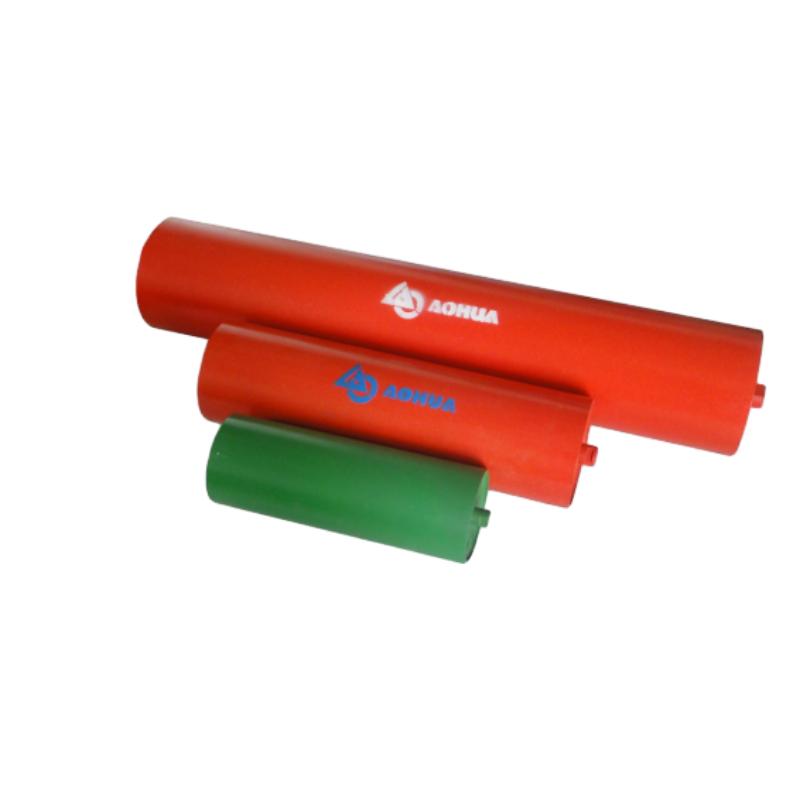 Afrikaans
Afrikaans  Albanian
Albanian  Amharic
Amharic  Arabic
Arabic  Armenian
Armenian  Azerbaijani
Azerbaijani  Basque
Basque  Belarusian
Belarusian  Bengali
Bengali  Bosnian
Bosnian  Bulgarian
Bulgarian  Catalan
Catalan  Cebuano
Cebuano  Corsican
Corsican  Croatian
Croatian  Czech
Czech  Danish
Danish  Dutch
Dutch  English
English  Esperanto
Esperanto  Estonian
Estonian  Finnish
Finnish  French
French  Frisian
Frisian  Galician
Galician  Georgian
Georgian  German
German  Greek
Greek  Gujarati
Gujarati  Haitian Creole
Haitian Creole  hausa
hausa  hawaiian
hawaiian  Hebrew
Hebrew  Hindi
Hindi  Miao
Miao  Hungarian
Hungarian  Icelandic
Icelandic  igbo
igbo  Indonesian
Indonesian  irish
irish  Italian
Italian  Japanese
Japanese  Javanese
Javanese  Kannada
Kannada  kazakh
kazakh  Khmer
Khmer  Rwandese
Rwandese  Korean
Korean  Kurdish
Kurdish  Kyrgyz
Kyrgyz  Lao
Lao  Latin
Latin  Latvian
Latvian  Lithuanian
Lithuanian  Luxembourgish
Luxembourgish  Macedonian
Macedonian  Malgashi
Malgashi  Malay
Malay  Malayalam
Malayalam  Maltese
Maltese  Maori
Maori  Marathi
Marathi  Mongolian
Mongolian  Myanmar
Myanmar  Nepali
Nepali  Norwegian
Norwegian  Norwegian
Norwegian  Occitan
Occitan  Pashto
Pashto  Persian
Persian  Polish
Polish  Portuguese
Portuguese  Punjabi
Punjabi  Romanian
Romanian  Russian
Russian  Samoan
Samoan  Scottish Gaelic
Scottish Gaelic  Serbian
Serbian  Sesotho
Sesotho  Shona
Shona  Sindhi
Sindhi  Sinhala
Sinhala  Slovak
Slovak  Slovenian
Slovenian  Somali
Somali  Spanish
Spanish  Sundanese
Sundanese  Swahili
Swahili  Swedish
Swedish  Tagalog
Tagalog  Tajik
Tajik  Tamil
Tamil  Tatar
Tatar  Telugu
Telugu  Thai
Thai  Turkish
Turkish  Turkmen
Turkmen  Ukrainian
Ukrainian  Urdu
Urdu  Uighur
Uighur  Uzbek
Uzbek  Vietnamese
Vietnamese  Welsh
Welsh  Bantu
Bantu  Yiddish
Yiddish  Yoruba
Yoruba  Zulu
Zulu Understanding the Fundamentals of Belt and Pulley Drive Systems for Mechanical Applications
Belt and Pulley Drive An Overview
Belt and pulley drives are fundamental mechanical systems used to transmit power between two or more shafts over a distance. They consist of a flexible belt that connects two or more pulleys, allowing for the transfer of rotational energy from one pulley to another. This system is widely utilized in various applications, including automotive engines, industrial machinery, and household appliances, due to its effectiveness, simplicity, and cost efficiency.
Components of Belt and Pulley Systems
The primary components of a belt and pulley system include the following
1. Pulleys These are wheel-like structures that provide a surface for the belt to ride on. Pulleys can be classified as either drive pulleys, which are driven by a motor or another power source, or driven pulleys, which are powered by the belt's movement.
2. Belts The belt is the flexible medium that transfers power from one pulley to another. Various materials are used for belts, including rubber, plastic, or synthetic materials. Common types of belts include flat belts, V-belts, and timing belts, each with its unique characteristics and applications.
3. Tensioning Mechanism To ensure that the belt maintains adequate tension for effective power transmission, tensioning mechanisms are employed. These can include adjustable arms, springs, or idler pulleys to maintain optimal belt tension under varying operational conditions.
How Belt and Pulley Drives Work
The principle behind belt and pulley drives is relatively straightforward. When the drive pulley rotates due to an external power source, it causes the attached belt to move. This movement, in turn, drives the connected driven pulley, allowing mechanical energy to be transmitted. The angle and diameter of the pulleys influence the speed and torque delivered to the driven pulley; a larger pulley will turn slower but can deliver more torque, while a smaller pulley will rotate faster but may deliver less torque.
Advantages of Belt and Pulley Drives
belt and pulley drive

Belt and pulley systems offer numerous advantages
1. Smooth Operation The flexibility of the belt allows for smooth engagement and disengagement, reducing wear and noise compared to gear systems.
2. Versatility They can be used in various configurations to meet specific applications, accommodating different speeds and torque requirements.
3. Alignment Tolerance Belt and pulley drives can tolerate slight misalignments between shafts without significant loss of performance or increased wear.
4. Cost-Effectiveness Compared to other power transmission systems, such as gears, belt and pulley drives are often more affordable to manufacture and install.
Limitations
Despite their advantages, belt and pulley systems come with some limitations. Over time, belts can stretch, wear out, or slip, which may lead to loss of efficiency and increased maintenance costs. Additionally, they can exhibit a limited load-carrying capacity compared to other systems, making them less suitable for heavy-duty applications.
Conclusion
Belt and pulley drives remain a crucial component in the design of mechanical systems. Their efficiency, simplicity, and versatility make them suitable for a wide range of industrial and consumer applications. Whether in an automobile, a factory, or a household appliance, these systems demonstrate the importance of mechanical engineering principles in powering our daily lives. Continued advancements in materials and designs promise even greater efficiency and reliability in future applications, solidifying the belt and pulley drive’s place in mechanical power transmission.
-
Revolutionizing Conveyor Reliability with Advanced Rubber Lagging PulleysNewsJul.22,2025
-
Powering Precision and Durability with Expert Manufacturers of Conveyor ComponentsNewsJul.22,2025
-
Optimizing Conveyor Systems with Advanced Conveyor AccessoriesNewsJul.22,2025
-
Maximize Conveyor Efficiency with Quality Conveyor Idler PulleysNewsJul.22,2025
-
Future-Proof Your Conveyor System with High-Performance Polyurethane RollerNewsJul.22,2025
-
Driving Efficiency Forward with Quality Idlers and RollersNewsJul.22,2025





























